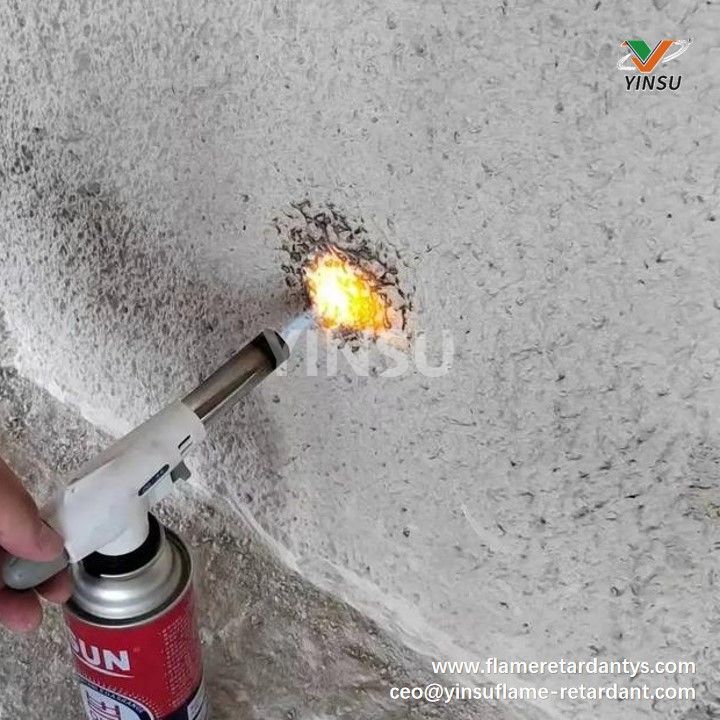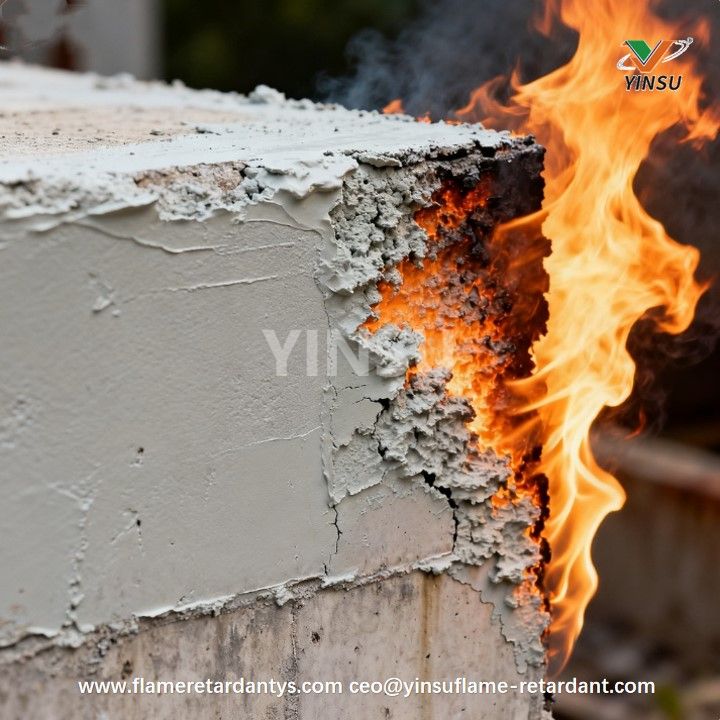- All
- Product Name
- Product Keyword
- Product Model
- Product Summary
- Product Description
- Multi Field Search
Specialized in PE, PVC, TPE, TPU and Low Smoke Zero Halogen (LSZH) wire and cable compound and materials.
In high-rise buildings, subway tunnels, new energy power stations and industrial complex scenarios, the fire safety of wires and cables is directly related to life and property and system reliability.
YINSU Flame Retardant Company provides customized flame retardant solutions for global customers, covering PE (polyethylene), PVC (polyvinyl chloride), TPE (thermoplastic elastomer), TPU (thermoplastic polyurethane) and LSZH (low smoke and halogen free) wire and cable systems to meet all safety requirements, ranging from UL94 V-0 flame retardant certification to EN 45545 fire protection for rail transportation and IEC 60754 low smoke and halogen free toxicity. All-round safety requirements.
Material Common Use Typical FR Type YINSU Flame Retardant Item No.
PE HDPE, LDPE, LLDPE, Red phosphorus, halogen free FR, PRP-950X, PE-XT-20, YS-F22B, MCA-B
Cross-linked PE cables, Bromine antimony masterbatch MDH, ATH
Plastic insulated cables.
PVC PVC &Plastic insulated power cables, T3 / ATO alternatives T3, T30
Aluminum stranded wires,
Prefabricated branch cables.
TPE Insulated wires, flexible cables Organic phosphorus YS-F22B, YS-9003
Shielded insulated cables
TPU Special purpose cables Organic phosphorus YS-F22B, YS-9003
Power cables for frequency converters.
Others Welcome to consult more details.

Intumescent coatings form an insulating foam layer in fire, effectively delaying temperature rise in steel structures to buy critical escape time. Yinsu's APP 201 offers this superior protection with greater cost-effectiveness.

Intumescent fireproof coatings are suitable for locations prioritizing aesthetics and short-term high-efficiency thermal insulation, while non-intumescent coatings are better suited for harsh environments and applications requiring long-term durability.

The future of TPU, as shaped by global chemical giants, focuses on high-performance applications like supercritical foaming, fiber composites, halogen-free flame retardancy for EVs, automotive PPF, and bio-based sustainable solutions.

Discover the fascinating world of foam materials that revolutionize industries from construction to aerospace, offering lightweight solutions with remarkable thermal and acoustic properties.

PEBA, a thermoplastic polyamide elastomer, combines flexibility, resilience, and low-temperature impact resistance. Lightweight and durable, it's used in sports shoes, electronics, and medical devices. Produced via melt or solution polycondensation, PEBA is gaining popularity in foam midsoles for athletic footwear, often blended with EVA or TPU. Brands like Nike and Li Ning utilize PEBA to enhance shoe cushioning and responsiveness.

This week, the EVA market saw weak fluctuations with lower output and capacity utilization, but overall supply remained ample. Photovoltaic new orders showed no improvement and the foam market continued with low-price purchases, leading to weak demand. Prices and margins dropped. Next week, prices are likely to stay weak and trend downward.